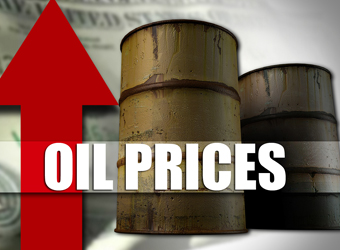Brent crude oil futures were at $71.90 per barrel at 0117 GMT, up 32 cents, or 0.5 percent, from their last close.
U.S. West Texas Intermediate (WTI) crude futures were up 33 cents, or 0.5 percent, at $66.85 a barrel.
In the United States, crude inventories fell by 1 million barrels last week, to 428 million barrels, according to a weekly report by the American Petroleum Institute (API) on Tuesday.
Official weekly U.S. data will be published by the Energy Information Administration (EIA) on Wednesday.
Outside the United States, oil markets have been receiving general support due to a sense that there were high risks of supply disruptions, including a potentially spreading conflict in the Middle East, renewed U.S. sanctions against Iran and falling output as a result of political and economic crisis in Venezuela.
“Oil prices are holding near three-year highs (reached earlier in April) for the time being, and with inventories back in line with normal levels, the supply glut of the last few years appears to be over,” said William O’Loughlin, investment analyst at Australia’s Rivkin Securities.
Beyond voluntary supply restriction aimed at propping up prices led by the producer cartel of the Organization of the Petroleum Exporting Countries (OPEC) since 2017, O’Loughlin said falling output in Venezuela due to its political and economic turmoil was supporting prices.
“OPEC production is currently lower than expected as a result of large declines in Venezuelan output caused by a deterioration in the economic situation there,” he said.
Dutch bank ING said in a note to clients that Brent had risen back above $70 per barrel in April “due to geopolitical risks along with some fundamentally bullish developments in the market”.
The bank therefore raised its average 2018 price forecast for Brent to$66.50 a barrel from $60.25. ING raised its 2018 WTI forecast to $62.50 per barrel from $57.75.
For next year, however, ING expects lower prices due to rising U.S. crude output, which has jumped by a quarter since mid-2016 to over 10.5 million barrels per day (bpd).
The structure of the Brent and WTI forward price curve also points to a tighter market in 2018.
The premium for June 2018 over June 2019 prices for Brent and WTI is $5.5 and $6 per barrel, respectively, a market structure known as backwardation in which it is attractive for producers and traders to sell crude immediately instead of keeping it in storage for later sale.
Source: Reuters


